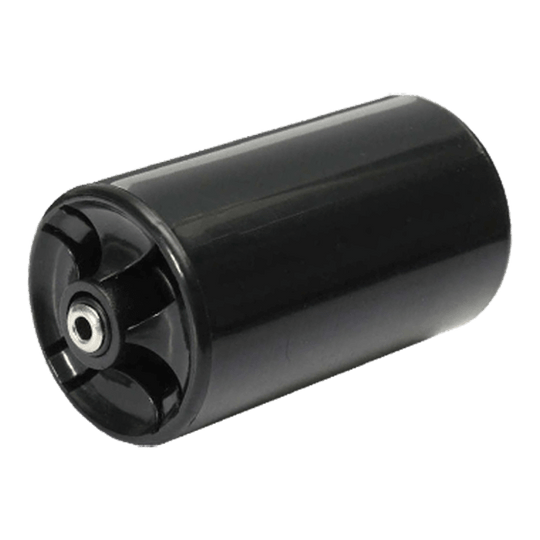Rgbeard
En-Route
- Joined
- Aug 26, 2017
- Messages
- 4,257
- Location
- Phoenix, AZ and Ensenada, Mexico
- Display Name
Display name:
rgbeard
oh... you said FLASHlight.
Hang on a tic...
Hang on a tic...
Is that the figure quoted in the book? Looks like it was written in 2003 or maybe even earlier, before PLB's and 406ELT's came about. Smart phones too, for that matter. I wonder if it still holds true?
I could see a rescue delayed 24 hours. 72 hours seems like a lot.There can also be an issue where they know exactly where you are, but cannot get there due to weather or other factors.
Even with ELT, PLB, and cell phone with GPS, I would want to be prepared for a 72 hour stay.
I could see a rescue delayed 24 hours. 72 hours seems like a lot.
Might want to pack one of these in addition to the real D cell.https://marinesuppliesusa.com/products/leland-personal-strobe-light
Uses a D battery. Like Ari, I keep the AA in a plastic bag for everything except this., and an extra D just for this strobe. Originally designed to be clipped to the life jacket on the water. This is a great thread, as I’ve been asked to put together an article for local EAA chapters for winter mountain flying emergencies. I don’t fly in the mountains in the winter, but others do.

oh... you said FLASHlight.
Hang on a tic...
When I had a family member who lived a few states away and had a habit of making random visits to the ER, I kept an emergency go bag packed so I could get that late-night, get-here call and head straight to the road or airport without having to think about what to pack. It had a couple changes of socks and underwear, T-shirt, phone charger, basic toiletries, dog leash, dog bowl, and three days of dog food. I would also have grabbed my folding dog crate on the way out the door. My dog and I would have been just fine for a few days until I had time to go to the store to get more supplies and clothes. Incidentally, I keep most of this stuff in the plane because I got sick of buying toothbrushes and phone chargers when I had to wait out weather somewhere.I don’t have a ‘go bag’, do I need one? I don’t plan to bug out anywhere.
The rugged terrain backpack with trauma kit is around 30 pounds. I use the swiss army bladder for ballast in my 182 and drain it as needed. I'm in central Texas, but do fly to west TX and doing some NM & AZ trips.@RCG571 How much does your kit weigh? What region are you flying in?
My unbreakable rule: Always dress as if you are going to walk home.
"Dress for egress" as the USAF says
That's fine if you're flying a J3 into a headwind. If you're in a turbo Mooney, that's an awfully long walk.My unbreakable rule: Always dress as if you are going to walk home.
That's fine if you're flying a J3 into a headwind. If you're in a turbo Mooney, that's an awfully long walk.
